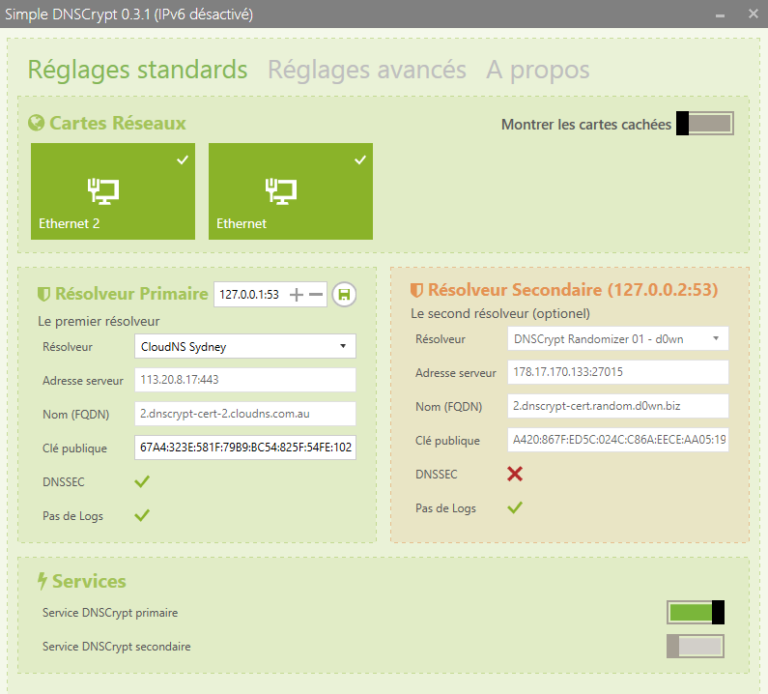
Once it is successfully installed, you will see the following: The dnscrypt-proxy service has been installed and started dnscrypt-proxy.exe -resolver-name=opendns -resolvers-list="C:\Users\Owner\Desktop\DNSCrypt\bin\dnscrypt-resolvers.csv" -install Once it is successful, you can continue to install the proxy service by pressing the “Up” button and changing the “–test=0” to “–install” as shown below. If this doesn’t work, simply change the DNS resolver till you get one that works. If your CMD window looks like the image above, you are on the right path and the proxy service has been successfully tested. dnscrypt-proxy.exe -resolver-name=opendns -resolvers-list="C:\Users\Owner\Desktop\DNSCrypt\bin\dnscrypt-resolvers.csv" -test=0 You will also need to change the file path to correspond with the location of the csv file on your computer. You will can change the “opendns” section with a name from the CSV file, or you can update your CSV file by adding any of the public DNS resolvers that currently support DNSCrypt. Next, you will need to install the proxy service from DNSCrypt. This command will tell command prompt to look in the “bin” folder where the EXE and CSV files are located. Remember that you will need to enter the path that corresponds with your “bin” folder. Now you will need to open an elevated command prompt window by searching for “cmd”, right-clicking, and choosing “Run as Administrator”. Once you have your Elevated CMD window open, enter the following string.

Extract all the files by opening the zip file and dragging them into the DNSCrypt folder or by right-clicking and specifying the desktop folder as the extract destination.

You can create this folder anywhere you want to, but the desktop is easiest for the purposes of this demonstration. Now, let’s create a folder on the desktop called DNSCrypt.


 0 kommentar(er)
0 kommentar(er)
